Hello and welcome to another episode of Truth OR Myth Beta Canon, a Star Trek web series that dives into the history of any given topic using Beta Canon sources and my own imagination to fill in the gaps. In today’s episode, we’re looking at the Steamrunner Class, to better understand its place in Star Trek History.
Please note, that this is an updated video of an older episode I once made for the channel, with brand new visuals and a refined narrative.
I’d also like to take a moment to Thank Marc Bell for his, once again, amazing 3Dmodel Design.
But as always, because this IS a Beta Canon video, all information re-laid should pretty much be taken with a grain of stardust, and only considered a little bit of Star Trek Fun! And so, with all that out of the way, let’s begin.
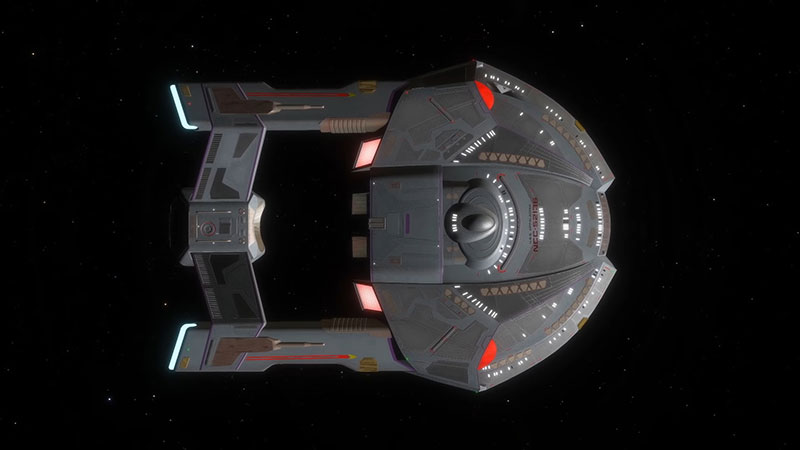
An experimental new design, the Steamrunner Class would prove itself an asset time and time again through battle after battle. But what do we know about this fighting machine? Well today, we’ll find out…
By the year 2364, The Alpha and Beta Quadrants had begun to see an escalation in conflicts between both established powers and new powers on the block.
The Battle of Wolf 359 in 2366, made it extremely clear that Starfleet’s Starship force was simply not up to the task of fighting off an enemy like the Borg. So, Starfleet began to double its efforts in developing both new technologies and starship designs that could confront and engage any threats the Federation might find itself in. One of these starship designs was that of the Steamrunner Class.
Sitting at a length of approximately 375 meters and a width of approximately 270 meters, the Steamrunner Class contained 18 decks and was designed to be operated by 200 Officers and Crew Members.
For specific missions, this class could hold an additional 50 passengers comfortably, but in an emergency, it could also accommodate an additional 550 evacuees.
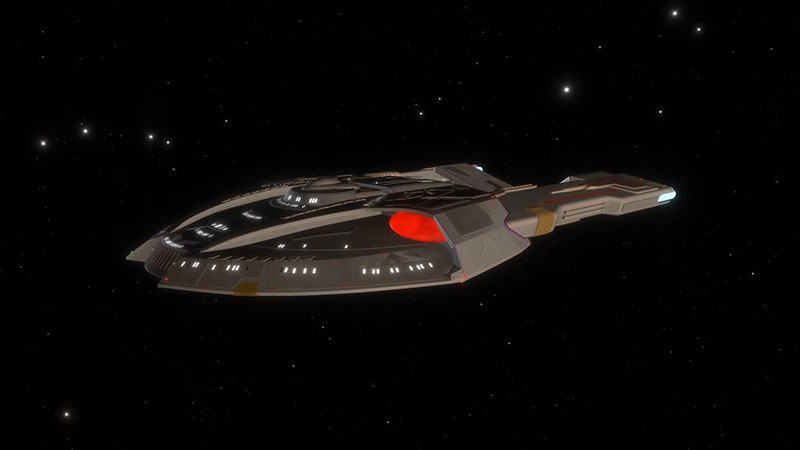
The Steamrunner class was a complete departure from previous Starfleet Starship designs. Normally, a Starfleet starship would have at least a saucer section which would have pylons connecting its warp nacelles to that primary hull.
In This design, however, The nacelles themselves were directly attached to the saucer section by large cowlings, which also housed the Bussard collectors.
To prevent Delta Radiation exposure, which would be caused by nacelles actively generating a warp field, the inner lining of the nacelles was coated with a Victrium Alloy which would absorb all Delta Radiation expelled by the nacelles.
The ship’s deflector dish was housed in the rear of the ship, on a detached secondary hull, while the bridge module was inset between the Bussard cowlings, providing limited weapons fire cover for the bridge, something not seen in most Starfleet designs.
The Steamrunner Class had a Standard cruising speed of warp factor 6, and an emergency speed of warp factor 9.6.
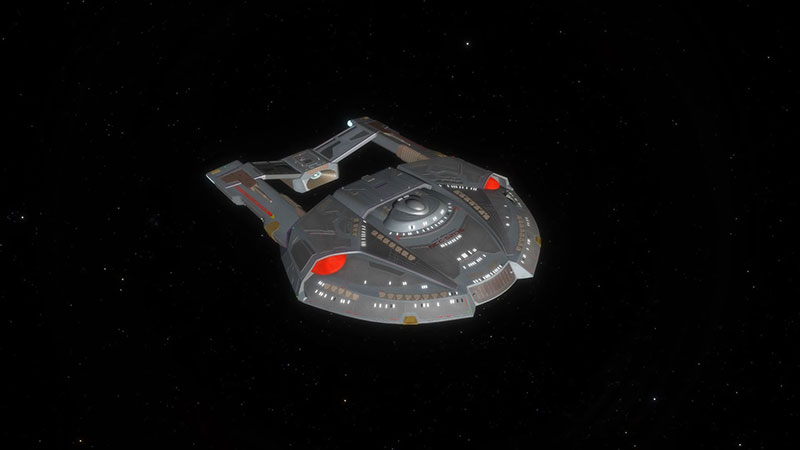
Tactically, this class was equipped with 4 Type 10 Phaser arrays emitters which provided full coverage for the class. This class also contained 2 Photon torpedoes Launchers as its standard but could also easily modify these launchers to house and fire Starfleet’s newest Torpedo invention, the Quantum torpedo.
Shields and defensive systems for this class were standard for the time… The prototype for this class, the USS Steamrunner, was launched in the year 2370, and immediately ran into several problems during its shakedown cruise.
The first problem was regarding the class’s warp propulsion system. Starfleet had begun to experiment with integrated warp nacelles to improve engine efficiency, allowing for tighter warp fields, and to grant greater protection to a starship, being able to decrease a shield bubble size while simultaneously using the extra power from the decreased bubble size to reinforce the output of the shield.
The other reason for integrating nacelles into the actual ship was for easier repair to nacelles during combat. these were sound and logical ideas but proved far more complex to execute than Starfleet’s Engineers had imagined.
When Starfleet had begun to develop this class, the intention was to use its current Warp Technology with these new nacelles. However, with the advent of more powerful and smaller warp core designs, Starfleet engineers merely swapped out the warp cores thinking everything would work out fine, but it didn’t.
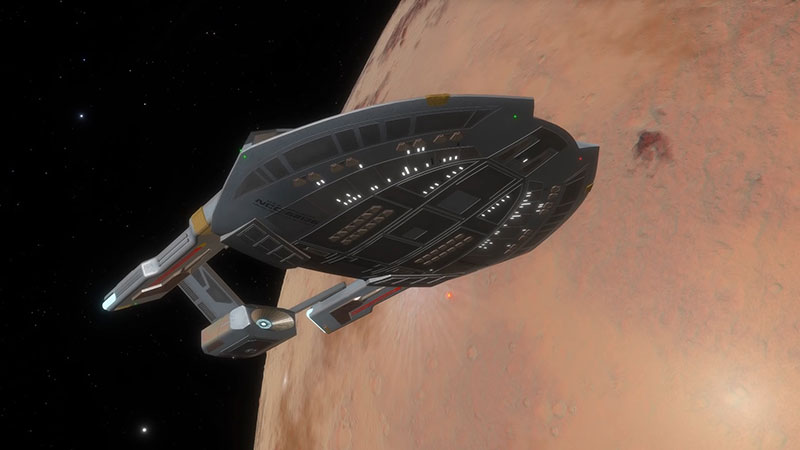
The new warp cores were overpowered for vessels the size of ships like the Defiant Class and Steamrunner Classes, these classes nearly shook themselves apart when the cores were tested at full power.
And with the declining urgency of the threat of another Borg attack, Starfleet decided to re-evaluate its starship designs and focus on the classes they felt had the best chance of being adapted for other purposes rather than just conflict-oriented designs.
And following that decision, the Defiant Class, among others, would be mothballed until some future unknown date when Starfleet could re-assess the design and better understand the technology involved.
The Steamrunner class on the other hand would continue its shakedown cruise in an effort to isolate and solve the warp core problem. And eventually, Starfleet’s engineers were successful after implementing numerous changes to the technology.
The second major problem encountered in the Steamrunner class was due to its detached secondary hull. Originally the design used a mix of traditional turbo lifts along with a new transporter based turbolift system.
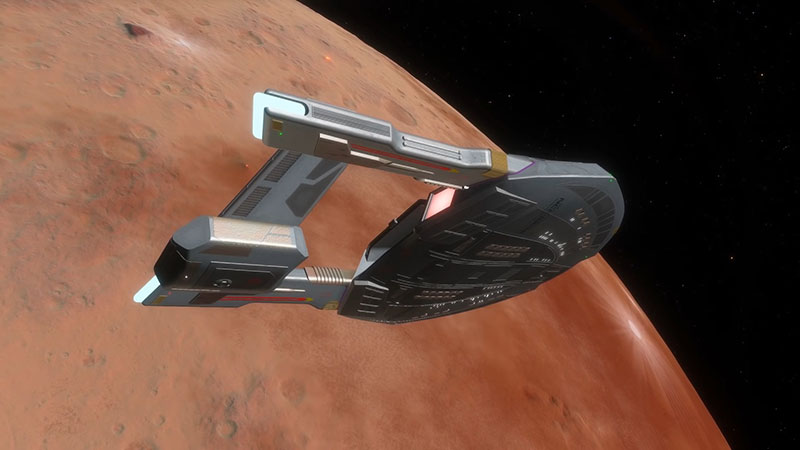
These, affectionately named trans-turbolift, would allow crew members to basically transport to another trans-turbolift pad within the ship. The theory is increased response time by crew members in the event of an emergency.
Again, another sound and logical theory that simply didn’t work in practice. During warp flight, the integrated warp nacelles caused far too much interference for the transporter signal to be reliable. And this was a problem Starfleet was not able to solve.
So, the size of the cowling was increased slightly to accommodate the more traditional turbolift tube system. The final big problem with this design came from its confused role within the Federation Fleet.
Even after the Borg Attack on Wolf 359, and the cube’s defeat after almost achieving Earth orbit, several member worlds within the Federation felt Starfleet was falling too far from its scientific mandate, becoming a wholly militaristic force.
And with construction beginning on a new class, the Sovereign Class, a very large, tactically inclined starship design, these member worlds pushed for less militaristic designs within the Federation.
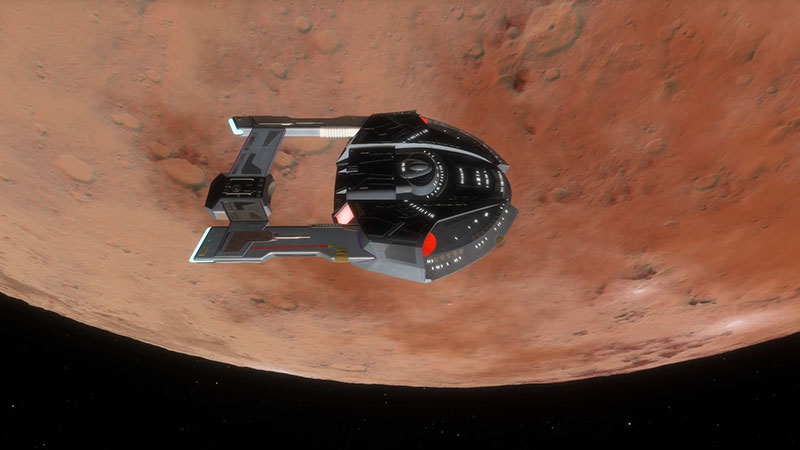
With these member worlds pushing for a step backwards, while other member worlds were pushing for a far more militaristic organization, Starfleet found itself between a rock and a hard place, its own version of the Kobayashi Maru scenario.
So, to appease those member worlds calling for exploration starship designs, Starfleet began adapting classes such as the Steamrunner, to be more scientific in nature.
Classes like the Intrepid Class would be the first starship designs to contain the newly invented bio-neural circuitry system, and these classes would suddenly be filled with scientific equipment and called a science/ tactical hybrid starship class. And these changes would make those member worlds unhappy with Starfleet’s Weaponized design choices far more happy and secure.
This solution worked out well for the Intrepid Class which had only begun being constructed, but in Steamrunner class was already in full production with the Steamrunner itself being launched and many others of the class almost completely constructed.
To redesign the Steamrunner Class for scientific duties, as well as a reconstruction within the ship itself, could require years, something Starfleet was not pleased about one bit. Already so much time and resources had been devoted to the class.
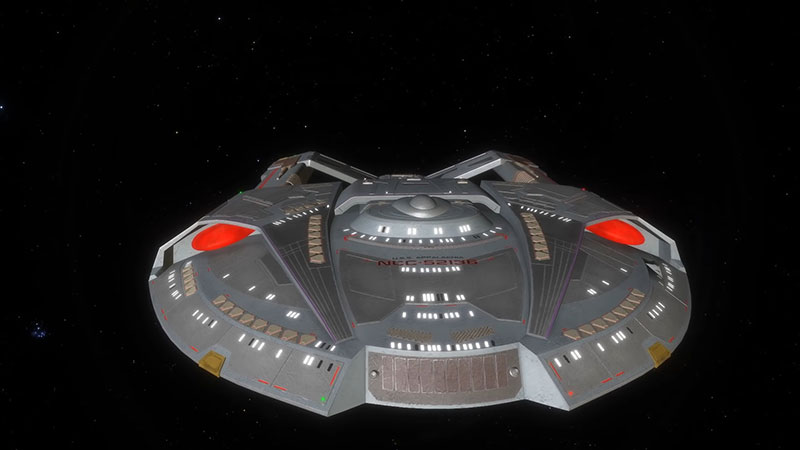
So instead of a redesign, Starfleet merely classified that design as a transport/ patrol vessel and slowed its production of the class.
By 2373 less than a dozen of this class had been constructed, however, with the Borg once again returning to the Alpha Quadrant to assimilate the Federation, this handful of Steamrunner Class starships was able to finally do what they had truly been designed to do, engage and fight the Borg.
The class performed so well during the battle of Sector 001, and with mounting tensions between the Federation and the Dominion, Starfleet and the United Federation of Planets reversed its earlier decision and stepped up production on this class, though at the time this was kept a relative secret.
However, during the Dominion War, this class would become a valued member of the Star fleet. Providing tactical support in many of Starfleet and its ally’s major engagements.
Though the design WAS a departure from Starfleet’s standard starship designs, the Steamrunner Class ended up proving itself a combat necessity, earning this fighting machine its place in Starfleet history…
What to help the channel become a science tactical hybrid? Then just click HERE to become a channel Patron…
Watch The Latest Truth Or Myth Below
Thank you for watching today’s episode of Truth or Myth Beta Canon, what do you think of the Steamrunner Class, and the historical narrative that I’ve created here.
Do you want to see more videos like this one? Well leave your comments in the section below and don’t forget to like the video and subscribe to the channel.
Thanks again for watching, Live long and prosper…












